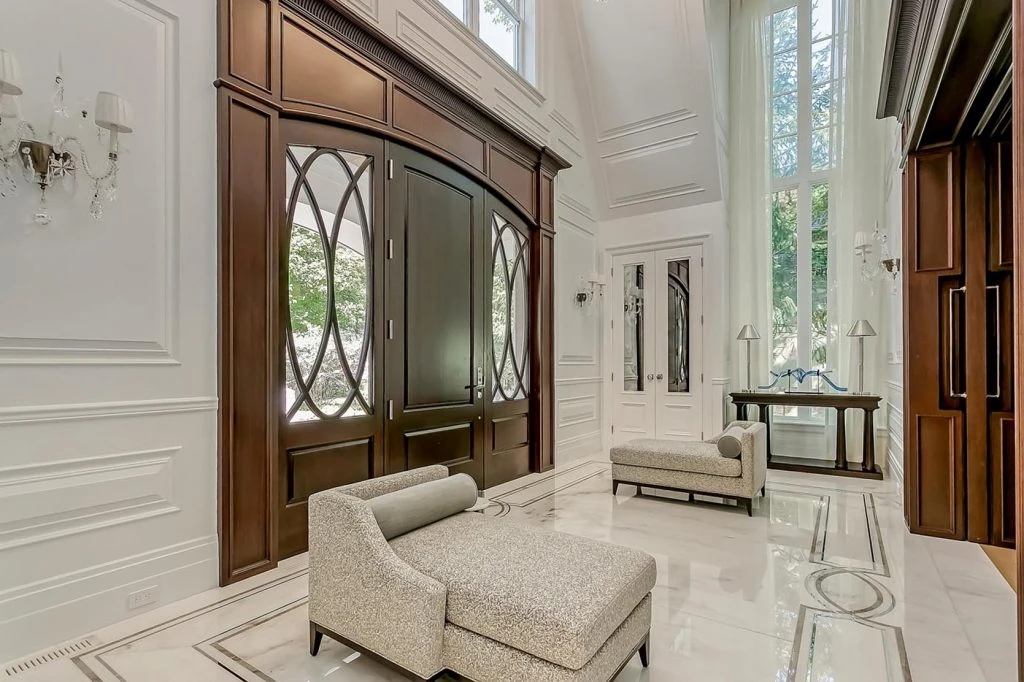Signs of High Indoor Relative Humidity
High indoor humidity can have a range of negative effects on both the structure and occupants of a home. It can lead to the growth of mold and mildew, which can cause respiratory problems and allergies. It can also damage building materials and furnishings, such as drywall, wood, and electronics. Therefore, it is crucial to be aware of the signs of high indoor humidity and take steps to address the problem.

1. Condensation on Windows
One of the most obvious warning signs of high indoor humidity is condensation on windows, especially during winter. If the air inside your home is too humid, the moisture will condense on the cold surface of the windows, forming beads of water. This is a clear indication that the relative humidity in your home is too high.
2. Presence of Mold and Mildew
Another common sign of high indoor humidity is the presence of mold and mildew. These fungi thrive in moist environments, so if you notice them growing in your bathroom, kitchen, or other areas of your home, it could be a sign of high humidity. Mold and mildew can cause respiratory problems and allergies, so it is crucial to address the problem as soon as possible.
3. Damage to the Interior Walls
Peeling, cracking, or blistering paint on the interior surfaces of your home can also be a sign of high indoor humidity. When the air is too humid, particularly in a leaky house, humid air enters the wall in the colder months and can condense when it cools rapidly, causing damage.
4. Large Dust Mite Populations
Excessive dust mite populations can also be a sign of high indoor humidity. Dust mites thrive in humid environments, so if you notice an increase in dust allergies or an unexplained respiratory sickness it could be due to high humidity.
5. Fogging Windows
Fogging windows is another indication of high indoor humidity. If the relative humidity in your home is too high, you may notice frequent fogging of the windows, especially on a cold morning or after a shower. Fogging of windows may indicate too much humidity and moisture buildup or condensation on closet walls or room ceilings and walls.
The appropriate relative humidity will allow only slight condensation along the edges or corners of windows, while more condensation could be damaging.
Humidity Control Measures you can take
The good news is that there are several measures you can take to reduce the level of indoor relative humidity in your home. The first step is to identify any sources of excess moisture, such as leaky plumbing or poor ventilation system performance, and address them accordingly. You should also ensure that all bathrooms and kitchens are fitted with exhaust fans that vent out moist air directly outdoors instead of recirculating it back into your living space.
Finally, particulalry in warmer climates consider installing a dehumidifier. This is a device designed specifically for controlling indoor relative humidity. Installing it in areas where you need extra help keeping moisture at bay.
Final Thoughts
Generally, high indoor relative humidity can have a range of negative effects on both the structure and occupants of a home. Some signs of high indoor humidity include condensation on windows, mold and mildew growth, peeling or blistering paint, excessive dust mite populations, fogging windows, and moisture buildup on walls and ceilings.
To determine the relative humidity in your home, a simple hygrometer is relatively affordable, and can provide the feedback for you to monitor and then respond to high or low humidity.
FAQs
Can high indoor humidity make you sick?
High indoor relative humidity affects more than just your home’s comfort; it can have an impact on your health. Studies have linked excess moisture in the air with respiratory conditions such as asthma and allergies because it encourages the growth of dust mites, mold spores, and other allergens that can trigger these conditions. Additionally, too much moisture in the air can make it harder for people with asthma or other respiratory issues to breathe properly.
How do you lower relative humidity to the recommended indoor humidity level?
There are several ways to lower indoor humidity, including using a dehumidifier, increasing ventilation, and sealing leaks and drafts. It is generally recommended to keep indoor humidity levels below 60%, as this range will not only provide the best comfort for residents but also help to protect drywall, furniture, building materials, and more. Maintaining humidity levels between 40% and 60% will also help to reduce the likelihood of microorganism growth.






